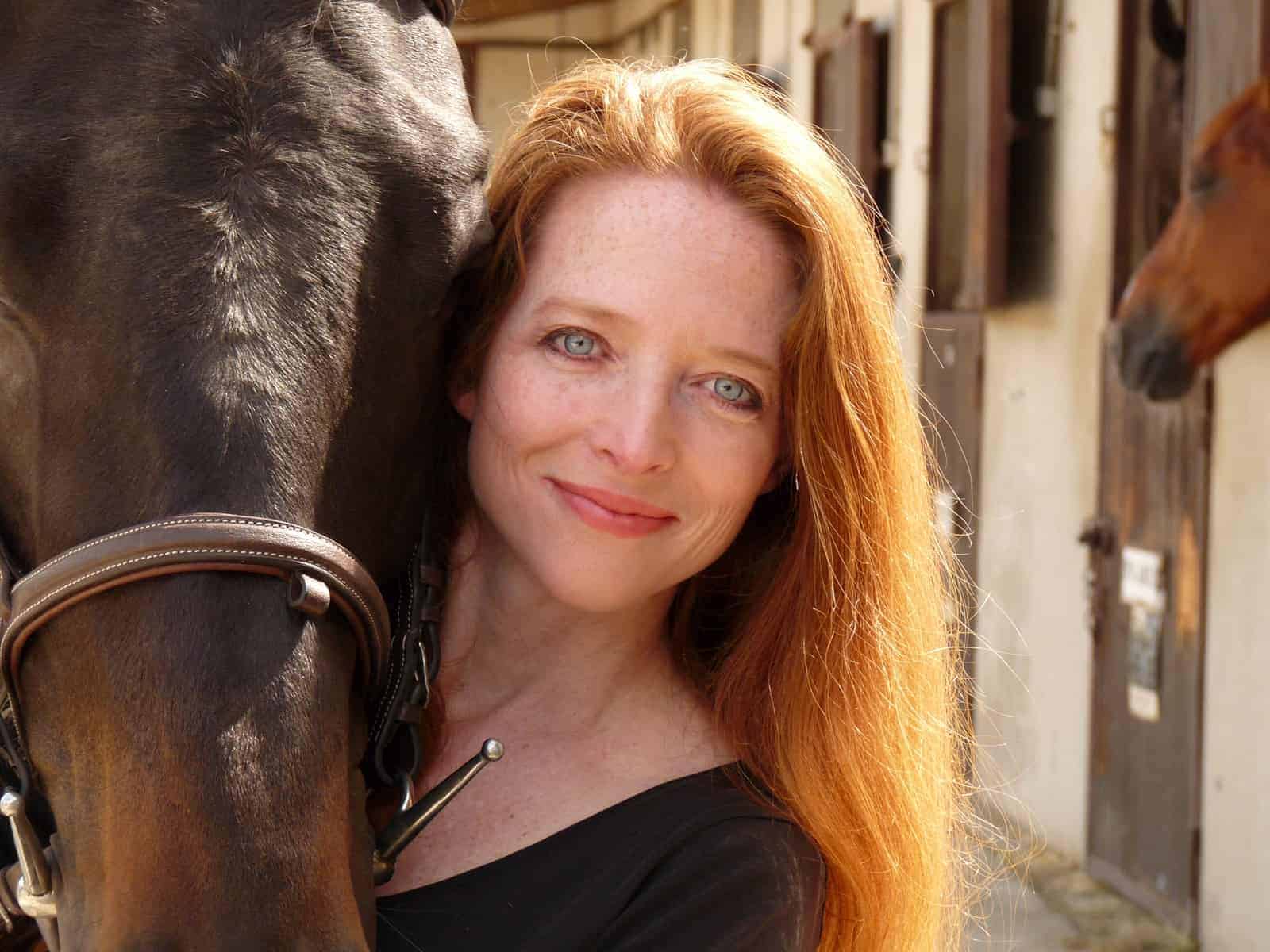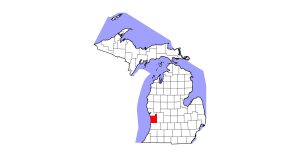Study: Horses Can Smile … in Their Own Way

Do horses smile? They sure do.
Recent study results suggest horses have specific facial expressions that reveal positive emotions akin to “happiness,” in a sense. And while those expressions might not be the cheesy cartoon grin or the human ear-to-ear, they do represent the “equine happy face.”
“What we’re seeing really is a kind of ‘smile,’” said Léa Lansade, PhD, of the French Horse and Riding Institute and the National Institute for Agricultural Research’s behavior science department, in Tours
Create a free account with TheHorse.com to view this content.
TheHorse.com is home to thousands of free articles about horse health care. In order to access some of our exclusive free content, you must be signed into TheHorse.com.
Start your free account today!
Already have an account?
and continue reading.

Written by:
Christa Lesté-Lasserre, MA
Related Articles
Stay on top of the most recent Horse Health news with















